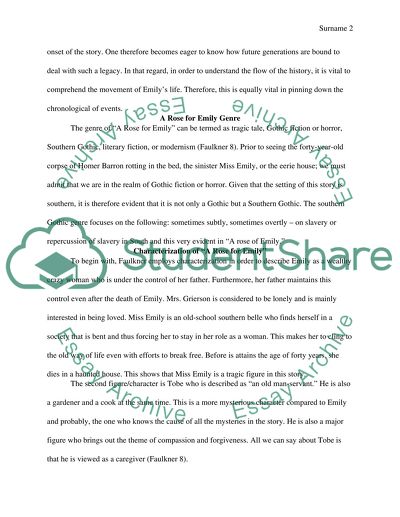Cite this document
(“A Rose for Emily by William Faulkner Essay Example | Topics and Well Written Essays - 750 words - 1”, n.d.)
A Rose for Emily by William Faulkner Essay Example | Topics and Well Written Essays - 750 words - 1. Retrieved from https://studentshare.org/literature/1472331-a-rose-for-emily-william-faulkner
A Rose for Emily by William Faulkner Essay Example | Topics and Well Written Essays - 750 words - 1. Retrieved from https://studentshare.org/literature/1472331-a-rose-for-emily-william-faulkner
(A Rose for Emily by William Faulkner Essay Example | Topics and Well Written Essays - 750 Words - 1)
A Rose for Emily by William Faulkner Essay Example | Topics and Well Written Essays - 750 Words - 1. https://studentshare.org/literature/1472331-a-rose-for-emily-william-faulkner.
A Rose for Emily by William Faulkner Essay Example | Topics and Well Written Essays - 750 Words - 1. https://studentshare.org/literature/1472331-a-rose-for-emily-william-faulkner.
“A Rose for Emily by William Faulkner Essay Example | Topics and Well Written Essays - 750 Words - 1”, n.d. https://studentshare.org/literature/1472331-a-rose-for-emily-william-faulkner.


